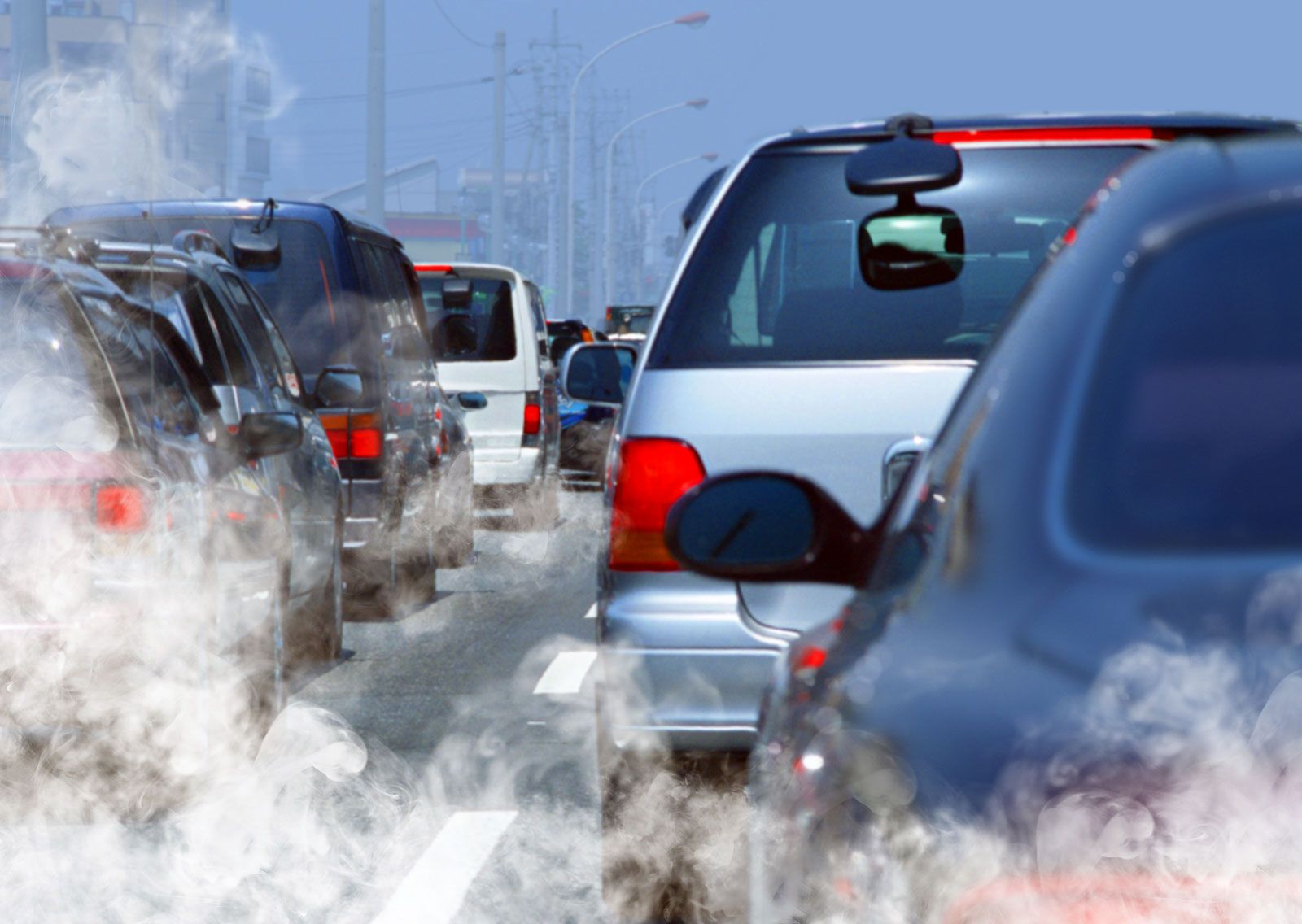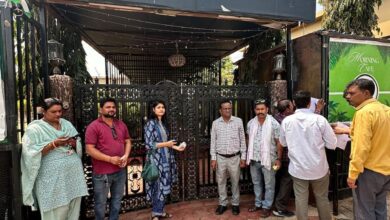City Chokes as Met Factors Trigger AQI Rise
AQI readings and Paryavaran Parisar continue to linger dangerously close to 300

Bhopal
Meteorological factors and temperature inversion are causing high Air Quality Index readings, say experts, without discounting the possibility of pollutants from a neighbouring industrial township contributing to a surge at at least one of the monitoring stations in the state capital.
Meteorological factors—including wind speed, temperature, solar radiation, and humidity—and temperature inversion are being considered the primary causes of the current AQI surge in the city.
As pollution levels lingered dangerously close to the 300 mark at the Paryavaran Parisar monitoring station for the second consecutive day, officials said the possibility of a spillover of airborne pollutants from neighbouring Mandideep could not be ruled out.
Mandideep witnessed AQI levels well above 300 for the second consecutive day on Friday. The industrial township is home to the closest monitoring station outside the city.
Officials said meteorological factors were the primary reason behind the surge in AQI, even as the presence of thickening smog suggested that temperature inversion was preventing pollutants from dispersing.
Temperature inversion occurs when changes in weather cause colder air to remain closer to the ground while warmer air rises, acting like a lid on the pollutants and causing them to stagnate in the air.
Under normal circumstances, warmer air remains close to the surface of the Earth. Meanwhile, drivers in the city experienced mild difficulty as smog enveloped the area.
Experts have advised precautions for those with underlying respiratory and cardiac conditions.
Studies show that at least 50 percent of the pollution in Bhopal is caused by vehicular dust and exhaust fumes, which threaten human and animal health by entering the respiratory tract and blocking airways.
PM2.5 and PM10, tiny suspended particles—sometimes 40 times smaller than the width of a human hair—are considered the primary pollutants in the city.
The burning of solid fuels like coal and wood, the use of kerosene for commercial and vehicular purposes, and construction and road-building activities are some of the other known pollution-causing factors.





